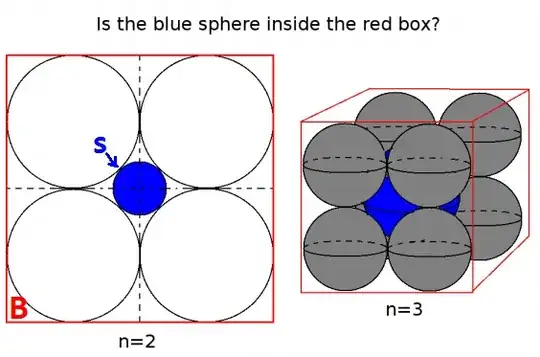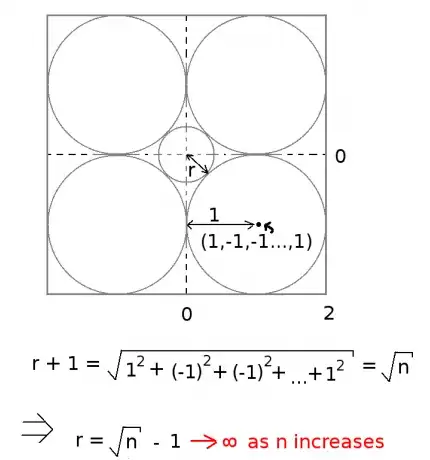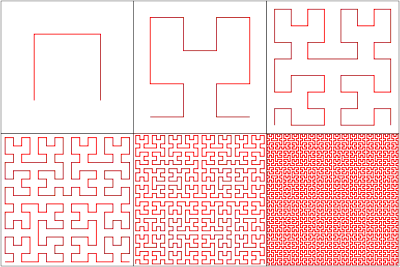There are a number of results of the form "Proposition P fails in dimension $d$" where P holds in lower dimensions, many of which can seem counterintuitive until you understand higher dimensional phenomena.
Here's an elementary one, which many people on this site won't find counterintuitive but some might. Consider the question "What is the maximum number of vertices a polyhedron in $\mathbb{R}^d$ can have such that there is a segment joining every pair of points which is an edge of the polyhedron?" For $d=2$, the answer is obviously 3, with a triange. It's not difficult to see that a tetrahedron is optimal for $d=3$. Intuition suggests that the $d$-simplex is optimal based on this.
But for $d=4$, in fact, there is no maximum number. There are polyhedra in $\mathbb{R}^4$ with arbitrarily many vertices and an external edge joining each pair of vertices. If you take any finite collection of points on the moment curve $\{(t,t^2,t^3,t^4)\, | \, t>0\}$, the segment joining any two of the points is a face of the convex hull of the collection. Once you have an intuition for higher dimensional geometry, this is obvious, but it can seem counterintuitive.
A more advanced example, that I still find counterintuitive at times, is this: In $\mathbb{R}^d$ for $d=2,3$, given any polyhedron, one can move each of the vertices a small amount to obtain a combinatorially equivalent polyhedron with rational vertices. But in $d=4$ and higher there are polyhedra which can not be realized with rational coordinates.
EDIT: I was asked to provide a reference. This is a well-known result in some circles, particularly in computational geometry, so it's covered in a number of locations. Marcel Berger's Geometry Revealed covers both of the above so-called counterintuitive statements, as well as the surprisingly nonobvious case $d=3$, in chapter 8, roughly page 550, and is a pretty easy read. If you don't have access to Springer, the paper Realization spaces of polytopes by Richter-Gebert is the most comprehensive treatment I know of, and probably any book citing this paper is quoting the result.



